Difference between RDBMS and Microsoft Excel
It was well known that the respective Relational Database Management Systems (RDBMS) and Microsoft Excel are termed to be the special types of the tools that can be efficiently used for the purpose of managing and organizing the data. Still, they serve different purposes and excel in distinct scenarios. RDBMS, exemplified by systems like MySQL, Oracle, or Microsoft SQL Server, is tailored for handling large-scale datasets with complex relationships. It is a structured and efficient solution for organizing the information into tables with predefined schemas, ensuring data integrity through features such as primary keys and foreign keys. RDBMS supports concurrent access by multiple users and offers robust querying capabilities through SQL, making it a powerful choice for applications requiring scalability, Security, and reliability.
On the other hand, Microsoft Excel is a spreadsheet application widely used for simpler data management tasks. It provides a user-friendly interface for the creation and manipulation of the tables, making it suitable for smaller datasets and quick analyses. Microsoft Excel is renowned for its versatility in performing calculations, creating charts, and presenting data visually. However, it needs more structural robustness of an RDBMS and may face limitations in handling large volumes of data or supporting multiple users simultaneously.
In essence, while RDBMS is a comprehensive solution for managing complex relational data on an enterprise scale, Microsoft Excel shines in scenarios where simplicity, ease of use, and individual productivity are prioritized over intricate data relationships and scalability. The choice between the RDBMS and Excel depends upon the specific requirements and scale of the data management task at hand, respectively.

What is meant by Relational Database Management System (RDBMS)?
A Relational Database Management System (RDBMS) is akin to a sophisticated digital filing system that primarily brings order as well as efficiency to the storage and retrieval of vast amounts of data effectively. Picture it as a digital office with neatly arranged folders, each representing a specific type of information, such as customer details, product listings, or sales transactions. These folders are the tables in an RDBMS. Within each table, information is organized in rows and columns. Rows, also known as tuples or records, serve as containers for individual instances of the represented entity. As in case of the customer table, in which each row might be containing some useful details about a specific customer such as: name of the customer, its address along with its contact number and the columns associated with the customer table define the attributes of these entities.
The relational magic happens when these tables establish connections, or relationships, with one another. Consider the scenario where we have tables for the customers and orders. By employing a unique identifier, such as a customer ID, we can easily create a link between these tables. This link, known as a foreign key, connects a column in one table to the primary key (that is considered to be the unique identifier for each row) in another. This process allows for the creation of the relationships that exist between data entities.
Imagine navigating this system as though we were sifting through a meticulously organized filing cabinet. If in case we wanted to see all the orders placed by a specific customer, we could effortlessly follow the thread from the customer table to the orders table using these established relationships. The primary key, acting like a personalized index, ensures that each piece of the data is uniquely identifiable, and the foreign keys seamlessly guide you through the interconnected web of information.
In essence, an RDBMS provides a structured and intuitive way to manage data, promoting not only efficient storage but also facilitating the exploration of the relationships between different types of information. It is a powerhouse for businesses and applications that demand organized, accessible, and interrelated data for their operations.
Different types of the RDBMS
Relational Database Management Systems (RDBMS) are like organized data superheroes. They help us manage and organize information efficiently. There are different types, each with its own strengths and uses which are as follows:
- Oracle Database: It mainly stands out for its widespread use, prized for its scalability, top-notch security, and comprehensive feature set, and they are capable of handling huge amount of the data, ensuring high availability, and supports advanced analytics respectively.
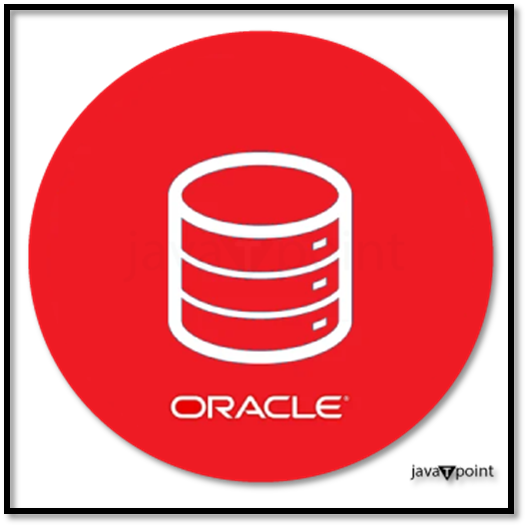
- MySQL: It is considered an open-source RDBMS and it is renowned for its simplicity, speed, and also for the user-friendliness nature. Despite of this, it was widely embraced in web applications, as it boasts scalability, reliability, and also the compatibility across different platforms effectively.
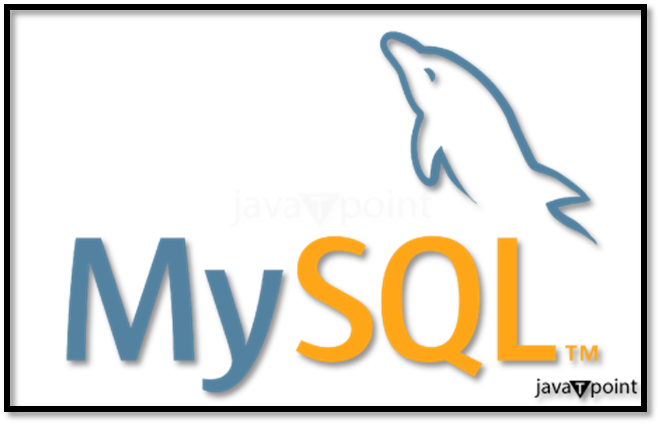
- Microsoft SQL Server: It was efficiently developed by Microsoft and is a robust RDBMS offering advanced security features, business intelligence tools, and seamless integration with other Microsoft products. It is a powerful choice for enterprises.
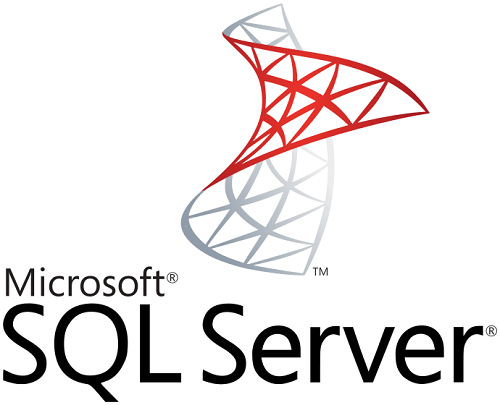
- stgreSQL: It is termed to be an open-source RDBMS, and it is recognized for its feature-rich nature, extensibility, and adherence to industry standards. Its emphasis on data integrity and support for the advanced SQL features make it a reliable option.
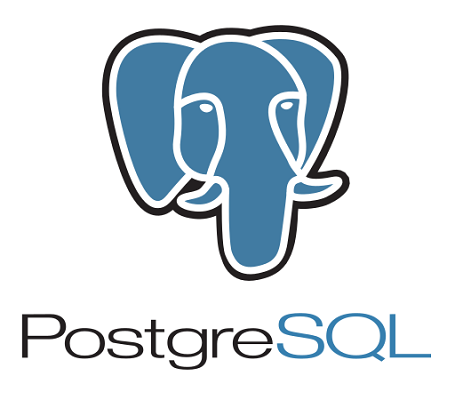
- IBM Db2: It is primarily designed for enterprise-level demands, and shines in high-performance scenarios as well as scalability. It integrates well with other IBM products, making it a preferred choice for large-scale deployments.
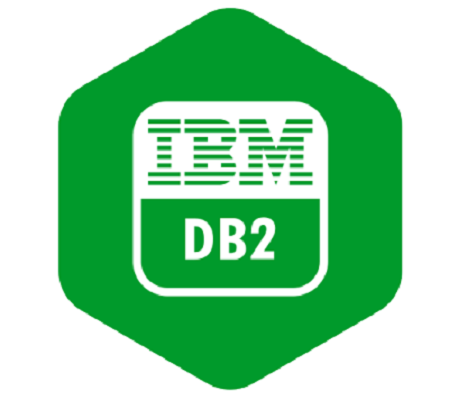
- Microsoft Access: It serves as a user-friendly RDBMS tailored for small-scale projects. Inspite of this, it mainly allows users to create and manage out the databases without extensive programming knowledge, thus making it accessible for a broader audience as well.
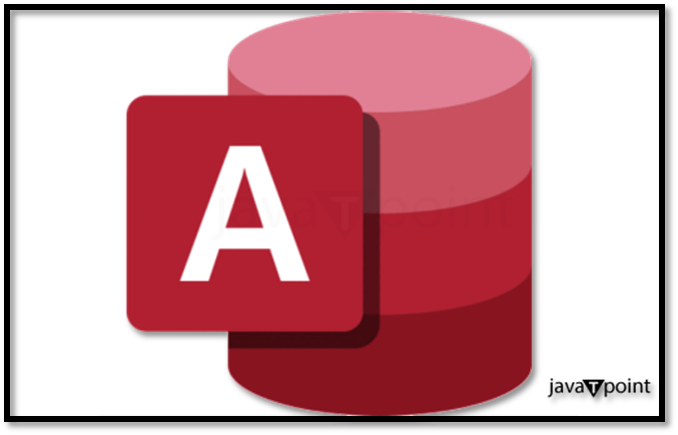
- Azure SQL: It is a cloud-based relational database service from the Microsoft Azure that offers a scalable, secure, and a managed platform for hosting of the databases in the cloud. Built on the SQL Server engine, it combines familiarity with the advantages of cloud computing.
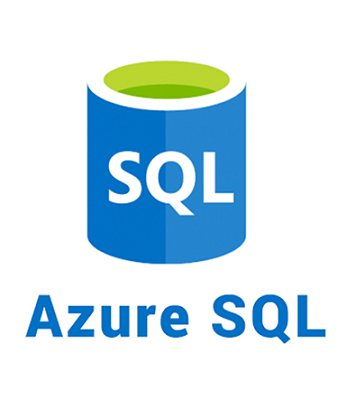
Choosing the right RDBMS depends upon specific requirements, scalability needs, budget constraints, and the preferences of the organizations or developers. Each system has its strengths, and understanding these distinctions is crucial for making an informed decision tailored to the unique demands of a given project or organization.
What are the important features associated with the use of Relational Database Management System?
The important features which are associated with the use of the Relational Database Management System are as follows:
- Data Integrity: RDBMS ensures data accuracy as well as consistency through constraints like primary keys, foreign keys, and unique constraints.
- ACID Properties: More often, the respective RDBMS usually follows ACID (Atomicity, Consistency, Isolation, and Durability) properties to guarantee the reliability of the transactions effectively.
- Structured Query Language (SQL): The RDBMS also makes use of SQL for the purpose of defining, querying, and manipulating the data in the database respectively.
- Data Independence: RDBMS provides both logical and also physical data independence, allowing changes to the data structure without affecting application programs.
- Normalization: RDBMS supports normalization techniques to eliminate data redundancy and effectively maintain data integrity.
- Relationships: RDBMS allows the establishment of the relationships between tables by making use of the foreign keys, enabling efficient data retrieval.
- Concurrency Control: RDBMS manages concurrent access to data through mechanisms like locking to prevent conflicts and ensure data consistency.
- Transactions: RDBMS supports transactions, allowing a series of operations to be treated as a single unit, ensuring that either all operations are executed or none are.
- Security: RDBMS provides access control mechanisms to restrict unauthorized access to data and ensure data security.
- Backup and Recovery: RDBMS systems offer features for regular backup and recovery procedures to prevent data loss in case of failures.
- Indexes: RDBMS uses indexes to optimize data retrieval, speeding up query performance by facilitating rapid data access.
- Concurrency Control: RDBMS manages concurrent access to data through mechanisms like locking to prevent conflicts and ensure data consistency.
- Scalability: While there are scalability challenges, RDBMS can scale vertically by adding more resources to a single server.
- Data Dictionary: RDBMS maintains a data dictionary that stores metadata about the database structure, helping in database management and optimization.
List out the various advantages associated with the use of the RDBMS?
The various advantages which are associated with the use of the Relational Database Management Systems (RDBMS) are as follows:
- Data Integrity: RDBMS enforces constraints such as primary keys and foreign keys, ensuring data accuracy as well as consistency.
- Structured Query Language (SQL): SQL simplifies the process of retrieving data, its manipulation, and management, thus making it easier for the users to interact with the database.
- Normalization: RDBMS supports normalization, which reduces data redundancy and maintains data integrity by just organizing data into related tables.
- Data Relationships: RDBMS facilitates establishing relationships between the tables, allowing efficient retrieval of the related information through joins.
- ACID Properties: RDBMS transactions adhere to ACID properties (Atomicity, Consistency, Isolation, Durability), ensuring reliable and secure data processing.
- Scalability: More often the RDBMS can scale vertically by just adding some more resources to a single server or horizontally by just distributing data across the multiple servers as well.
- Data Security: It mainly provides feature of the robust security, including user authentication, access control, as well as the encryption, safeguarding sensitive information respectively.
- Concurrency Control: RDBMS manages out the simultaneous access to the database, preventing conflicts and ensuring data consistency in multi-user environments.
- Standardization: RDBMS follows standard data models, making it easier for developers and analysts to work with the various database systems.
- Data Independence: RDBMS allows separation between the logical structure of the database and its physical storage, providing flexibility in modifying the database schema without affecting applications..
List out the various disadvantages associated with the use of RDBMS?
The disadvantages associated with the use of Relational Database Management Systems are as follows:
- Complexity: Setting up and maintaining the RDBMS systems can be more complex, especially for the huge amount of the databases, that in turns requires specialized knowledge and skills.
- Fixed Schema: RDBMS make use of the fixed schema, making it challenging to accommodate changes in the particular data structures without significant modifications to the database respectively.
- Performance Concerns: In certain scenarios, especially with large datasets, RDBMS might face performance issues, requiring optimization strategies.
- Cost: Commercial RDBMS solutions can be expensive, including licensing fees, support, and also hardware costs.
- Not Ideal for Unstructured Data: RDBMS needs to be better suited for handling unstructured or semi-structured data, like as documents, images, or multimedia content.
- Concurrency Control Overhead: Managing concurrent access to the data in RDBMS can introduce overhead due to locking mechanisms, potentially affecting performance.
- Limited Support for NoSQL Features: RDBMS may not provide the flexibility and also scalability advantages of NoSQL databases in certain use cases, like handling large volumes of rapidly changing data.
What is meant by the term Microsoft Excel?
In this modern era, Microsoft Excel is termed to be a powerful spreadsheet program that comes under the category of the Microsoft Office suite of applications. It is purposely used to store, manipulate, and analyze huge amounts of data, thus allowing particular users to create charts, tables, and graphs effectively.
However, it primarily allows particular users to enter and calculate the numerical data manually and can also create text-based formulas as well as equations. Microsoft Excel also has powerful graphical capabilities that can be efficiently used for the purpose of creating charts and graphs. It automatically generates reports from the data entered by the respective users.
Microsoft Excel is mostly suitable for basic as well as advanced users, and despite this, it is capable of performing different tasks such as budgeting, forecasting, and data analysis.
What are the important features associated with the use of Microsoft Excel?
The important features which are associated with the use of the Microsoft Excel are as follows:
- Organized Data: Microsoft Excel serves as the digital canvas, allowing users to organize information into rows and columns efficiently and neatly.
- Mathematical Prowers: Users can leverage built-in functions and can easily create custom formulas for seamless mathematical calculations.
- Visual Representation: Microsoft Excel excels in visualizing the data trends as well as the patterns through charts and graphs in an effective manner.
- Data Manipulation: The software offers tools for the purpose of sorting and filtering data, enhancing clarity in the analysis.
- Customization: Users can customize the visual appearance of the data with formatting options for the cells, including fonts, colors, and borders.
- Data Validation: Maintain data integrity by setting rules for the type and format of information entered into cells.
- PivotTables: Analyze large datasets dynamically through PivotTables, gaining insights into complex data structures.
- Conditional Formatting: Highlight specific information based upon predefined conditions for quick identification.
- Data Collaboration: Microsoft Excel supports real-time collaboration, allowing users to work simultaneously on the same document through cloud services such as Microsoft 365.
- Macro Recording: Automate repetitive tasks by just recording and running macros, enhancing overall productivity.
- What-If Analysis: Users can explore different scenarios by just altering input values, aiding decision-making and strategic planning.
- Versatility: More often, the rich feature of the Microsoft Excel makes it a comprehensive tool that can be used for the various purposes such as: managing of the data, its effective analysis, and collaboration, catering to a variety of professional needs.
Moreover, the respective Microsoft Excel is widely used for the wide range of tasks that will, including budgeting, financial analysis, data tracking, and much more.
List out the different advantages related to the use of Microsoft Excel?
Here in this, we will be discussing the different advantages related to Microsoft Excel:
- Versatility: It is versatile, as it can be easily used in various fields such as account management, financial accounting, etc.
- Macros and Automation: Advanced users can easily create macros and use the VBA (Visual Basic for Applications) to automate repetitive tasks.
- Effective Organization of the Data: Microsoft Excel is excellent for the purpose of organizing and managing data efficiently. It provides a grid format to input, sort, and filter data easily.
- Calculation and Formulas: Microsoft Excel has powerful mathematical and statistical functions. With the help of the Microsoft Excel statistics function, one can easily effectively perform various complex calculations.
- Visualization of the Data: With the help of Microsoft Excel, one can efficiently create charts and graphs to visualize the data.
- Reporting: Microsoft Excel can create effective reports and presentations according to our needs and requirements.
- Time-saving: Microsoft Excel automates many tasks, reducing manual calculations and data entry, saving us lots of time.
- Collaboration: Microsoft Excel primarily supports real-time collaboration through online platforms such as Office 365, allowing multiple users to work on a document simultaneously.
- Provides Security to the Data: Microsoft Excel also provides password protection and encryption options to secure our data effectively.
More often all this advantage usually makes Microsoft Excel a valuable tool that can be used by various businesses, researchers, analysts, and also by the individuals to achieve their desired goals.
List out the different disadvantages associated with the use of Microsoft Excel?
The various disadvantages which are associated with the use of Microsoft Excel are as follows:
- It has limited Data Size: Microsoft Excel has limitations on handling extremely large datasets, which can result in performance issues or data truncation.
- Lack of Version Control: Microsoft Excel usually needs robust version control features, making tracking changes and collaborating effectively on complex documents challenging.
- Lack of data integrity: Data entered manually is susceptible to human error, which may compromise our Excel sheets' accuracy.
- Lack of Audit Trail: Microsoft Excel must provide a comprehensive audit trail, making it difficult to trace changes and identify who made them.
- Scalability: Microsoft Excel may scale poorly for businesses with extensive data needs or complex reporting requirements respectively.
- It could be better for advanced analytics: It was well known that, for advanced statistical analysis and data Modelling, specialized software such as R or Python is often more suitable.
- Dependency on Local Installation: Microsoft Excel typically requires local software installation, limiting accessibility for remote or mobile users.
- Errors in Formulas: An effective user can easily introduce formula errors, leading to incorrect calculations and results if not carefully validated.
- Limited Collaboration: Real-time collaboration can be challenging, and concurrent editing may lead to conflicts and data integrity problems.
- Limited Security: Microsoft Excel files can be vulnerable to security risks if not properly protected, including data breaches and unauthorized access.
Difference between RDBMS and Microsoft Excel
1. Data Storage:
- Microsoft Excel: It primarily stores data in spreadsheets or worksheets within a single file.
- RDBMS: It can effectively store data in structured tables distributed across one or more databases.
2. Data Structure:
- Microsoft Excel: It makes use of the flat file structure with one or more sheets containing cells organized in the form of rows and columns.
- RDBMS: It mainly utilizes a relational model with tables that have predefined relationships between them.
3. Scalability:
- Microsoft Excel: Limited scalability for the purpose of handling large datasets or complex relational structures, respectively.
- RDBMS: It was basically designed for the purpose of handling large amounts of data with scalability options for complex and extensive databases.
4. Multi-User Access:
- Microsoft Excel: Typically used by a single user, and collaboration can lead to version control issues.
- RDBMS: Supports concurrent access by multiple users with mechanisms like transactions and locks to ensure data integrity.
5. Data Relationships:
- Microsoft Excel: Limited support for defining and enforcing relationships between data in different sheets.
- RDBMS: Facilitates the creation of the relationships between tables by making use of the foreign keys, ensuring data consistency.
6. Data Integrity:
- Microsoft Excel: Relies on the manual input validation and lacks built-in constraints for ensuring data integrity.
- RDBMS: Enforces data integrity through constraints like primary keys, foreign keys, and unique constraints.
7. Query Language:
- Microsoft Excel: It makes use of the formulas and functions for basic data manipulation; it lacks a dedicated query language.
- RDBMS: Utilizes SQL (Structured Query Language) for complex queries, data retrieval, and manipulation.
8. Normalization:
- Microsoft Excel Does not inherently support normalization; redundant data may be present.
- RDBMS: Supports normalization techniques to eliminate data redundancy and ensure efficient data storage.
9. Collaboration:
- Microsoft Excel: Collaboration features are limited; sharing files may lead to versioning conflicts.
- RDBMS: Designed for multi-user collaboration with access controls and concurrent data access management.
10. Performance:
- Microsoft Excel: Performance can degrade with large datasets and complex calculations.
- RDBMS: Optimized for handling large amounts of data and complex queries efficiently.
In summary, while Microsoft Excel is suitable for small to medium-sized datasets and individual use, RDBMS is mainly designed for the purpose of managing larger datasets, supporting multiple users, and enforcing data relationships and integrity in a more structured way.
|

 For Videos Join Our Youtube Channel: Join Now
For Videos Join Our Youtube Channel: Join Now
















